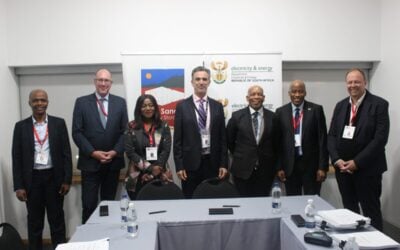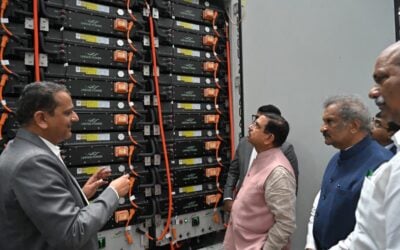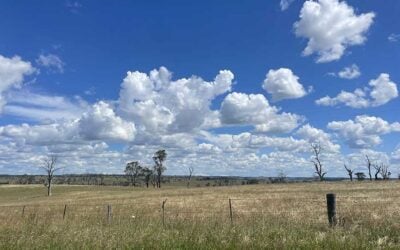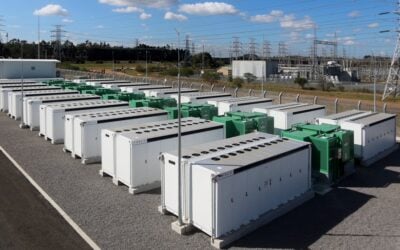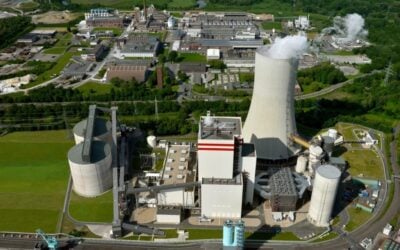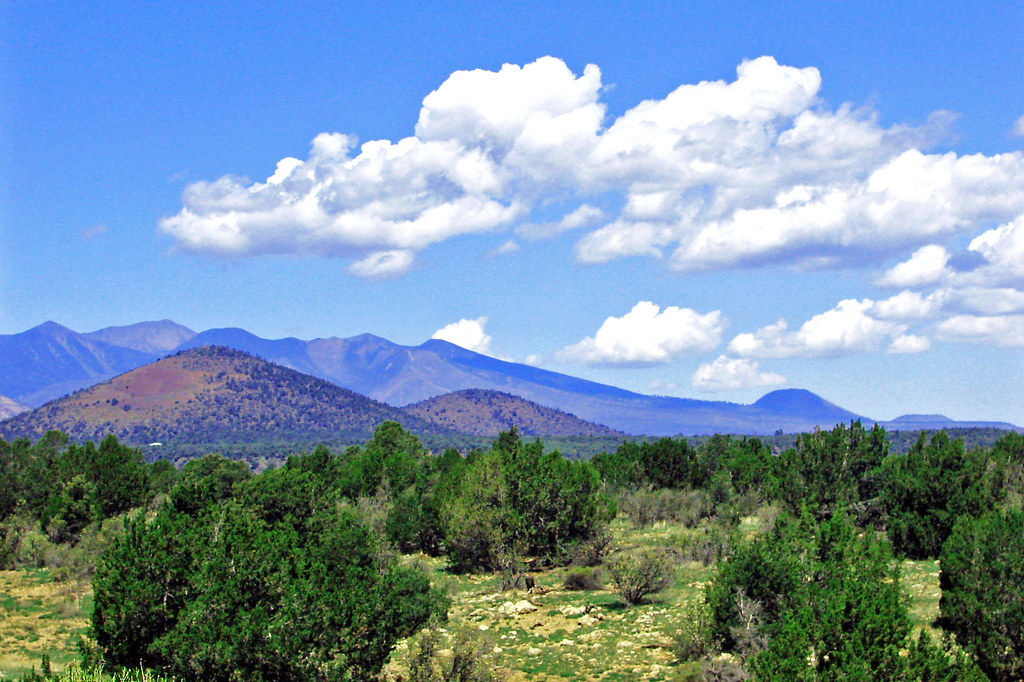
The US Department of Energy (DOE) has selected 14 underserved community applicants to receive technical support from Pacific Northwest National Laboratory (PNNL) around energy needs, up to five of which will then receive engineering support to deploy energy storage solutions.
The DOE Office of Electricity’s Energy Storage Program has selected 14 urban, rural and tribal communities from over 60 applicants to receive the assistance from PNNL as part the lab’s Energy Storage for Social Equity (ES4SE) Initiative.
Enjoy 12 months of exclusive analysis
- Regular insight and analysis of the industry’s biggest developments
- In-depth interviews with the industry’s leading figures
- Annual digital subscription to the PV Tech Power journal
- Discounts on Solar Media’s portfolio of events, in-person and virtual
ES4SE was set up to support disadvantaged communities affected by unreliable and expensive energy systems with direct access to non-financial technical assistance potential support for new local energy storage project projects.
The first phase will see the communities receive support to assess their energy needs, evaluate solutions and find potential partners to deliver on those solutions. The DOE says that technical assistance may include energy, economic, and spatial analysis.
The second phase will then see up to five communities from the 14 chosen to start installing and commissioning an energy storage project.
PNNL will provide engineering support including equipment sizing, identifying utility connections, identifying safety concerns, installation support, measurement, and validation to ensure the project performs as needed.
This initiative can be seen as one small part of a much larger move by the US government to decarbonise its energy sector in an equitable way. Last year’s trillion-dollar Bipartisan Infrastructure Deal included sections about increasing investments into clean energy in underserved communities.
And discussions around the domestication of the lithium-ion battery cell production supply chain have frequently touched upon doing so an an equitable way, by building factories in de-industrialised communities and ensuring more communities are not de-industrialised and ‘left behind’ in the process.
The 14 winning participants, from across the US, are:
- Native Renewable, Flagstaff, AZ
- Cher-Ae Heights Indian Community and Western Energy Development, Trinidad, CA
- Ayika Solutions Incorporated, Atlanta, GA
- Hoʻāhu Energy Cooperative Molokai, Kaunakakai, HI
- Together New Orleans, New Orleans, LA
- Honor the Earth, Callaway, MN
- Coast Electric Power Association, Kiln, MS
- Joule Community Power and Open Door Mission, Rochester, NY
- Warm Springs Community Action Team, Warm Springs, OR
- Rogue Climate, Coos Bay, OR
- Coyote Steals Fire Energy Group, Pendleton, OR
- Makah Tribe, Neah Bay, WA
- Klickitat Valley Health, Goldendale, WA
- Oneida Nation, Oneida, WI
PNNL is one of three national labs in the US providing research and validation services for energy storage technologies and projects.

